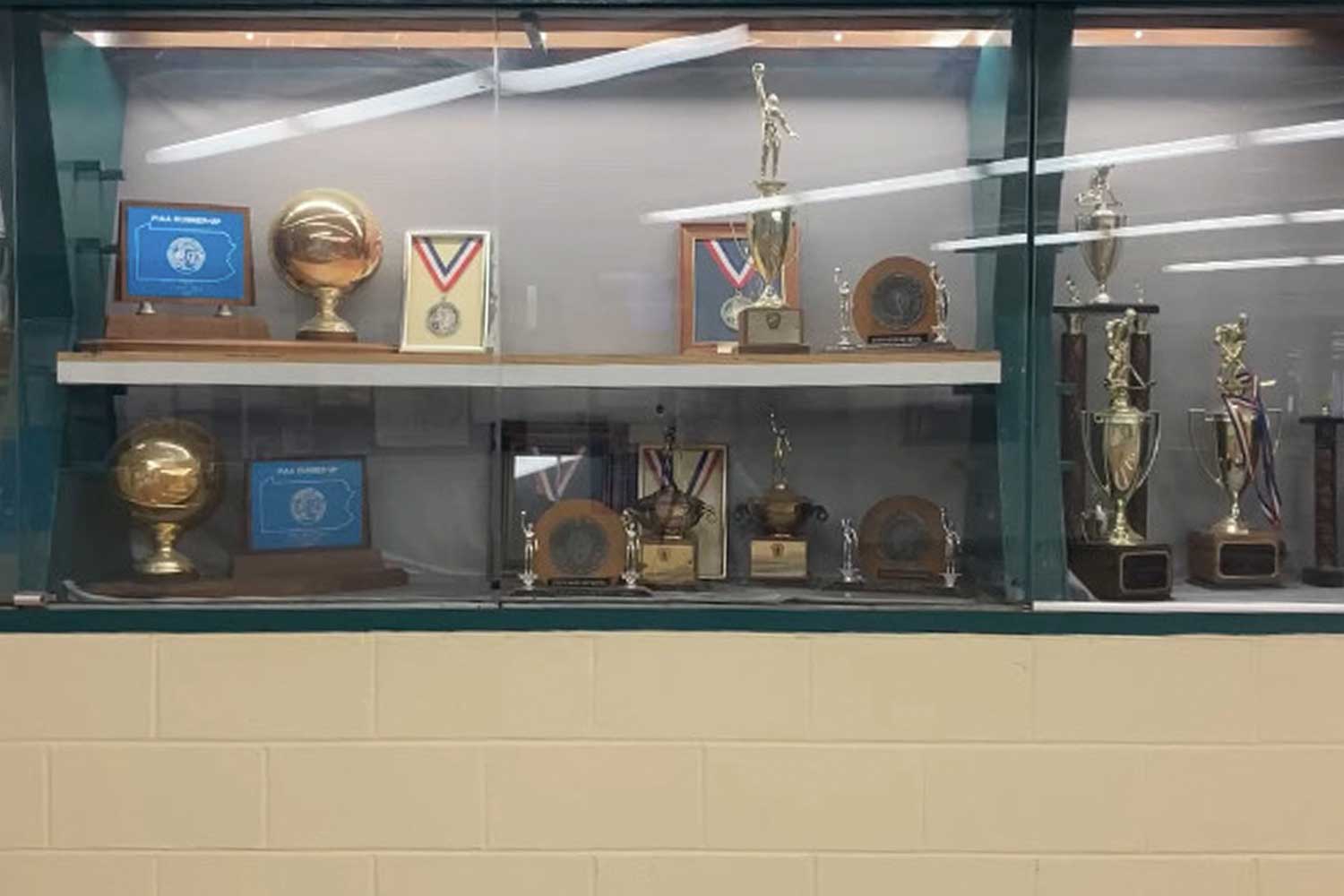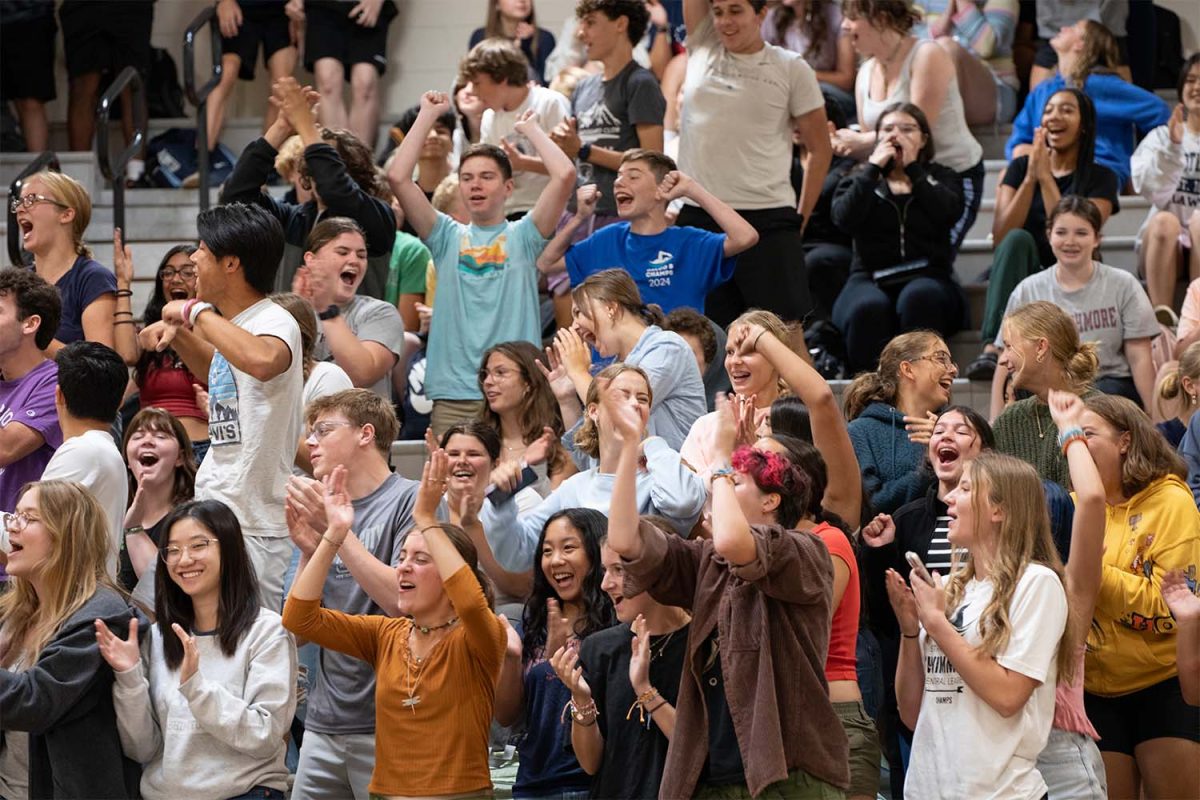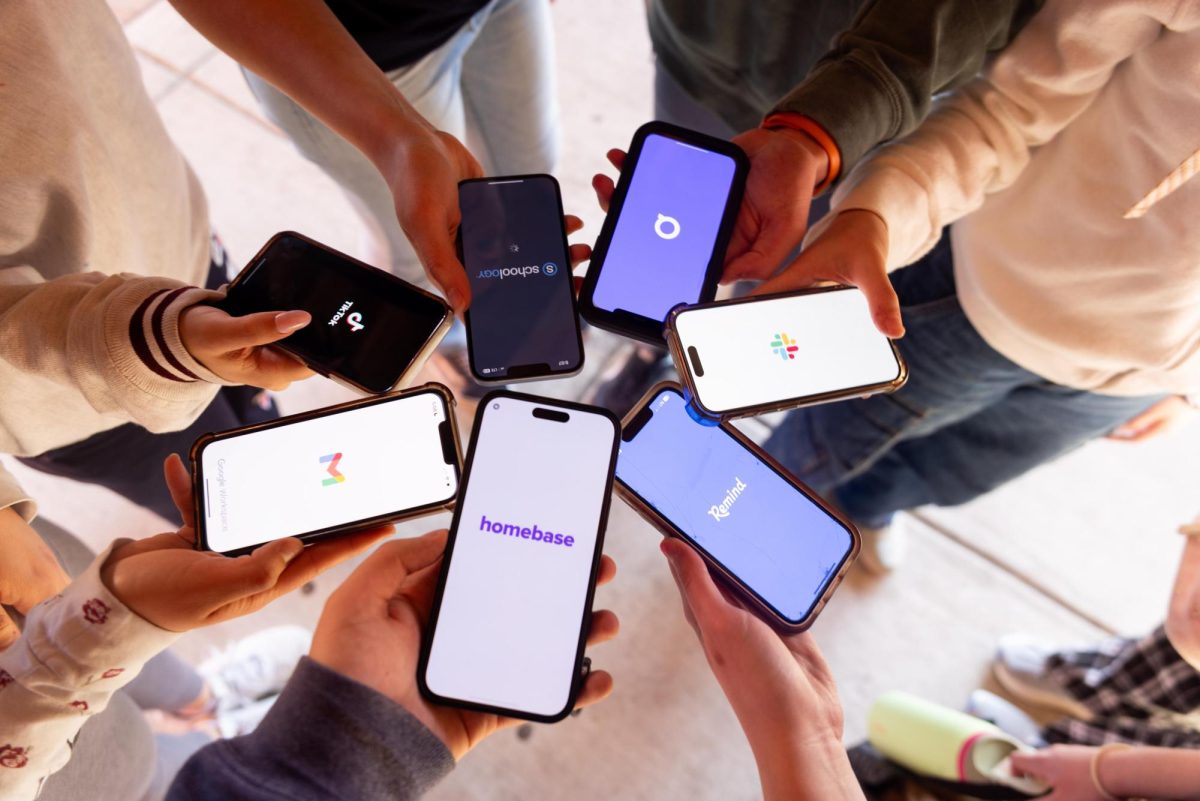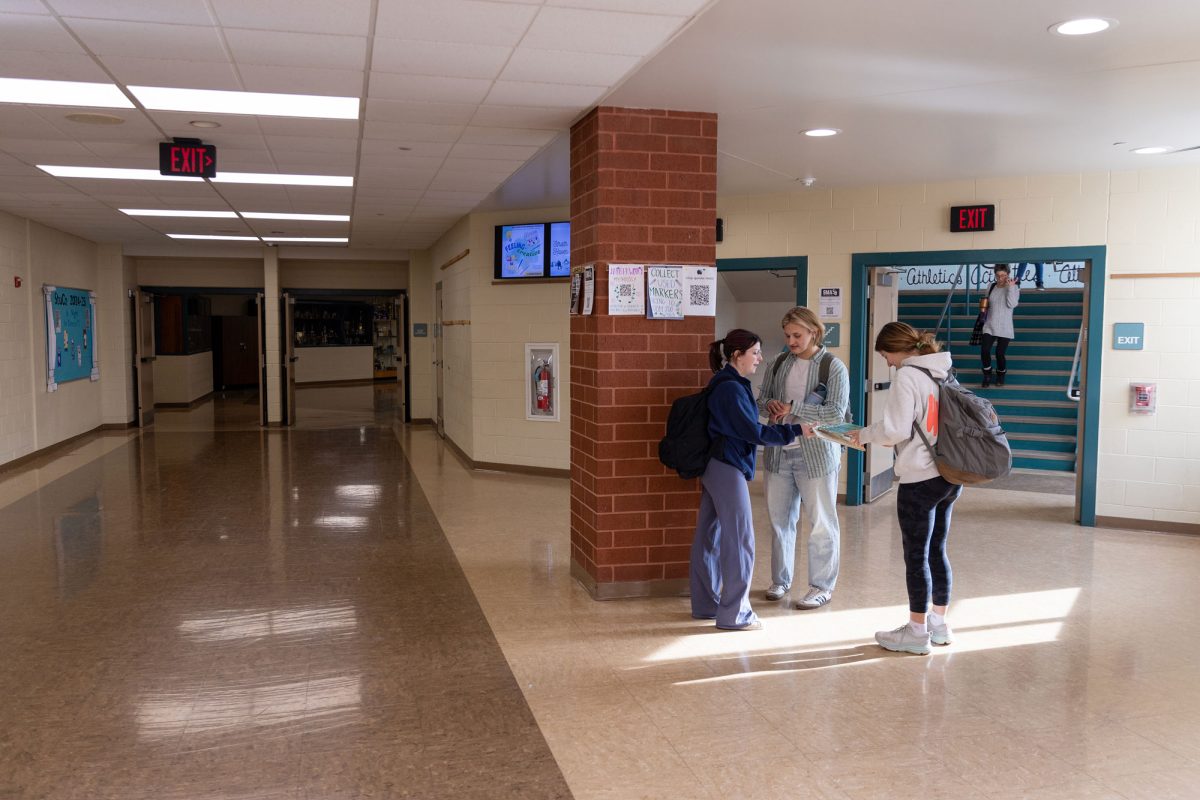Halfway through the school year, we have had time to appreciate additions to the school, such as the cardboard countertops and new blue furniture.
But students and staff can still make cheap, huge-impact improvements.
As a school with such a robust art program, we should focus on getting student art on the walls, whether that be by using displays to their fullest, or by getting students to pitch in.
Strath Haven could be made more aesthetically pleasing through art. Although the faux marble countertops are appreciated, many hallways are missing a vital part of any art-appreciating school—student work.
Right now, there is a lot of pressure on art teachers to showcase student work. Art has been stripped from cases to make room for sports trophies or multicultural displays. We’re really just playing a game of how long we can have student art on the walls before it gets taken down for any ambiguous reason.
The pressure to display art should not be solely on visual arts teachers. Students can take the initiative to coordinate displays of their work in a variety of ways. Art also has a broader definition than solely what is created in visual art classes. Other classes that create projects, posters, or visual examples should showcase their work, too.
Last year, we published a column about the lack of art on the walls. The displays shown in the featured photo aren’t there any more. At the class of 2026 orientation, freshmen were given a chance to take a ceramic object home from one of those displays. That didn’t happen this year.
On the third floor, there is a display case full of pieces from AP art, and right across from it, framed student photographs. If you walk down the music hall, there are paintings–and all of these are great examples of the incredible potential of our student artists.
We need more.
However, art teachers alone simply don’t have enough time to put up every piece worth showcasing, only to have them taken down whenever administration or athletics identifies an administrative need.
It’s imperative that we get over this hurdle, because we can only see student work if it’s on the walls. Student creativity deserves to be celebrated.
When art goes online—such as an Instagram or Facebook post—a lot of times, it gets overlooked. People mostly care about things that affect them, and the artist’s peers may not see a reason to click on a post that does not relate to them.
On the other hand, physical displays surround students with art. It’s harder to avoid, and its constant presence may make students feel more comfortable and curious about the stories behind it.
For students who have been working their whole lives to be better artists, and for students who are just starting out, having a chance for their peers to sample their work can make all the difference. They work extremely hard, and in the same way the marching band demonstrates their talent at the football games, the visual arts should be spotlighted in a way that allows every student to experience the beauty of our arts community.
There is a nervous, butterflies-in-your-stomach sort of feeling when you know something you’ve created is going up for your peers to see.
This is true for everyone in the newspaper, especially us editors. We put in a lot of time to create issues like these, hoping that they’ll reach someone. It makes our day when we see someone grab a paper from the stand or compliment (or even criticize) us.
Putting up art can boost students’ self-esteem when they realize that other students are actually appreciating it, too.
Not only does hanging up art give students a sense of ownership and accomplishment, it can also provide a more welcoming environment.
Park West Gallery summarized a research study published in 2015 titled ‘Your Brain on Art’, stating that decision making and attention can be improved when viewing art.
The gallery also said that “there is an even higher increase in the brain’s gamma wave activity, which is linked to information processing and cognition.”
They’re not the only ones who agree that experiencing art can have a positive impact.
Greater Good Magazine, which is based in UC Berkeley with a focus on social and emotional well-being, wrote in 2023 that art’s ability to engage all of the functions in our brain is one of the main reasons why it’s so good for us.
“We are drawn to experiencing art, because doing so lights up the pleasure centers of our brains, creating a warm feeling that encourages us to want more of the same—much the way our brains respond to fulfilling basic needs,” the magazine article stated.
Because of these positive impacts, more artwork displayed on the school walls may even benefit students’ academic performance.
Wallingford Elementary School has successfully added larger scale art on their walls. Right outside of the gym down the hallway at WES, in 2017, elementary students helped to make a colorful mural that spans more than two walls from floor to ceiling.
Fun fact: the high school used to have more murals as well before COVID. They got painted over during the pandemic.
After finding better ways to showcase smaller, individual student projects, we should think about adding murals back into hallways as well.
Student art on the walls can be more than just decoration. It could and should be a testament to the dedication and thoughtfulness of every artist who helped create the rich program offerings we have today.








